Innovation Onramp Active Pilot

Role of Land Use and Urban Form in Decarbonizing Silicon Valley’s Cities

Buildings and transportation in California are responsible for nearly two-thirds of total emissions, making the decarbonization of the buildings and transportation sectors a critical lever to achieve the state’s GHG goals.
In standard approaches to urban energy efficiency, reduced end-use energy consumption is considered as a proxy for greater efficiency. However, two emergent clean energy trends are changing this standard: (1) the integration of distributed energy resources (DERs) such as solar energy and battery storage into the built environment, and (2) the rise of electric vehicles (EVs) which interact with buildings and can serve as “mobile batteries” for peak load management.
In this project, Stanford will investigate how these clean energy trends interact with the built environment and develop a novel framework to measure urban energy efficiency. This tool will offer ways to compare the performance of SVCE’s thirteen communities in the clean energy transition, as well as identify ways to improve building and transportation energy efficiency through land use and zoning regulations.


